The vehicles, intelligent, representing an advantage of the technology and automotive, using a combination of innovation, and a link to create a car that would not only take us from point A to point B, but to do so with intelligence and personalizim to the slaughter. These vehicles, equipped with a multitude of sensors and systems to the mining, data they collect information constantly to improve the experience of the management, safety, and efficiency.
The evolution of cars to artificial intelligence, and the link to the full, is not just a matter of comfort; It is an important step forward in road safety and the efficiency of the energy, with the potential to reduce accidents, and improve the flow of traffic. Thanks to the traceability of data, machines can now learn about the traditions and customs of the area, to the owners of them, to provide for the needs of the maintenance, and even communicate with other cars and infrastructure (roads, to optimize routes and reduce the time of travel.
In this context, the tracking of data is one of the most promising technologies, and, at the same time, the more challenging they are. With the ability to collect and analyze large volumes of data, and machines become not just tools for transportation, but the partners in the field, to be able to provide advice in a personalized and alerts in real time to the driving safer and more enjoyable. However, while we celebrate this progress, we can't ignore the challenges of the ethical and privacy associated with the collection and use of such data.
In this article, we are going to explore how the tracking of data is transforming the automotive industry, the benefits are tangible to the driver, and the producer, on the challenges of the ethical and security concerns that need to be addressed. We will also look to the future, by describing how the technology may evolve, and to continue to revolucionarizojë how ndërveprojmë in our vehicles.
The columns of the data tracking in vehicles and smart
Car smart stand out for their ability to collect, analyze, and use information in ways that transform the power of experience and the direction. This section dives into the fundamental pillars of the tracking data, providing a close look at the depth of how they use the data to continually improve the performance, safety, and reliability of the vehicle.
Data collection
The data are at the heart turner and machine intelligence, gathered by a network of complex sensorësh, and the devices to be integrated. It includes:
– Sensors of the position and movement: track the position of the vehicle, the speed and direction of travel.
– Sensors environmental: monitor the condition of the exterior, as well as weather and traffic.
-The details of the use of the vehicle: records information on the style of the area, the lifestyle, the consumption of fuel, and so much more.
-The comments of the users: your direction, the settings for the system infoargëtues, and the choice of the other custom.
The analysis and use of data
Once collected, the data are analyzed and interpreted to improve the different aspects of the vehicle:
-Time experience management: Adapting automatically to the settings of the car with the preferences of its users, as well as the position of the sediljes, and the temperature of the interior, and a list of the music's favorite.
-Storage built-in: early Identification of problems in mechanics, by the intervention at the time, which can prevent the failure of the great and last for the life of the vehicle.
-Save the upgrade: Use of data to strengthen the systems and advanced assistance to the driver, such as the announcement of the crash before, the monitoring of the points of the blind, and the control adaptiv of the cruise, all of which aid in the reduction of the risk of accidents.
-Optimisation of the road: an Analysis of the traffic data in real-time on the suggested routes for the alternative, to reduce travel time and fuel consumption.
















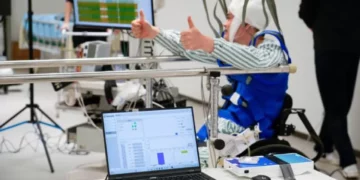



















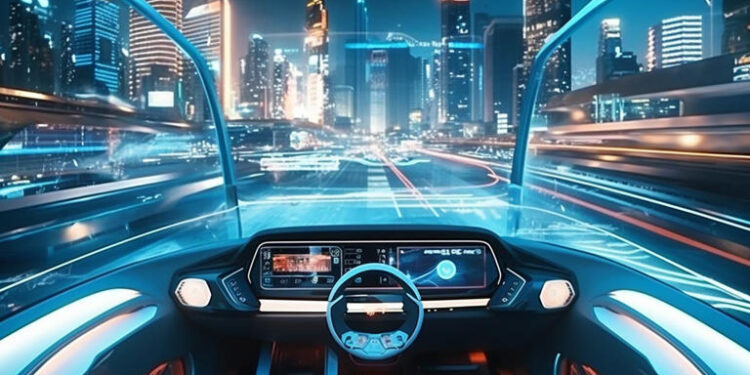
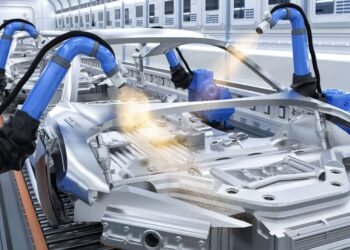

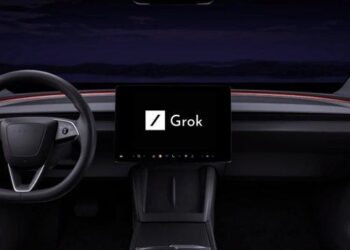
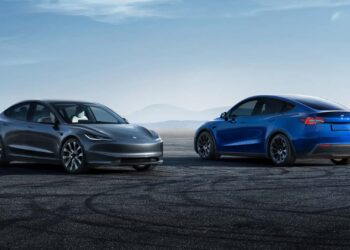











Discussion about this post